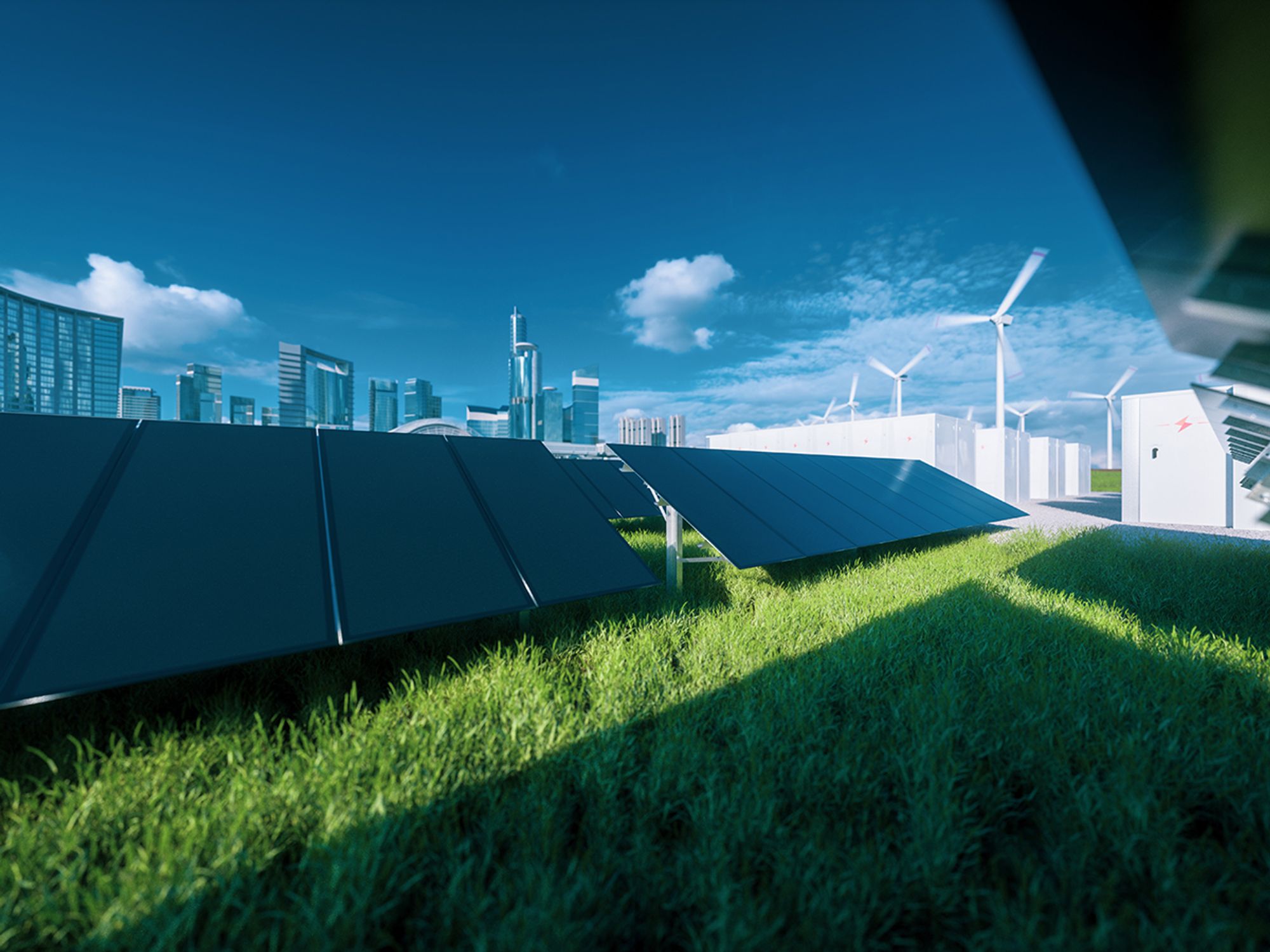Green design and manufacturing

- Sustainable manufacturing is the development of manufactured products through economically sound procedures that also minimize negative impacts on the environment.
- There are major benefits for businesses to implement sustainable manufacturing practices.
A growing number of manufacturers are seeing considerable financial and environmental benefits from implementing sustainable business practices. Sustainable manufacturing is the manufacturing of products through economically sound procedures that also minimize negative impacts on the environment. Often Sustainable manufacturing also amplifies employee, community, and overall product safety.
Major business benefits of sustainable manufacturing include the following:
- Fewer resources being consumed and production costs,
- Reduced regulatory compliance costs,
- Better sales and brand recognition,
- Increased access to financing and capital, and
- Improved employee hiring and retention.
By producing greener products, a business will be joining the ranks of companies who are not only improving outcomes for human health and the environment but are also acquiring an important competitive edge as consumer demand for greener products grows globally.
Where plausible, manufacturers should take steps to ensure their decisions do not end merely in burden shifting — that is, fixing one environmental or human health issue only to create others elsewhere. For example, choosing bio-based products may lessen fossil fuel extraction and the emission of greenhouse gases, but the cultivating and harvesting of bio-feedstocks can pollute water sources and deteriorate soil quality. Administering a life cycle approach and going further than single-issue concerns will provide insight and awareness into the upstream and downstream trade-offs.
Additionally, businesses should contemplate whether the manufacturing process could reduce its environmental footprint by reducing and/or reusing materials. This could not only help the environment by saving energy, lowering waste, and preventing pollution, but it could also find efficiencies that will save the organization money.
